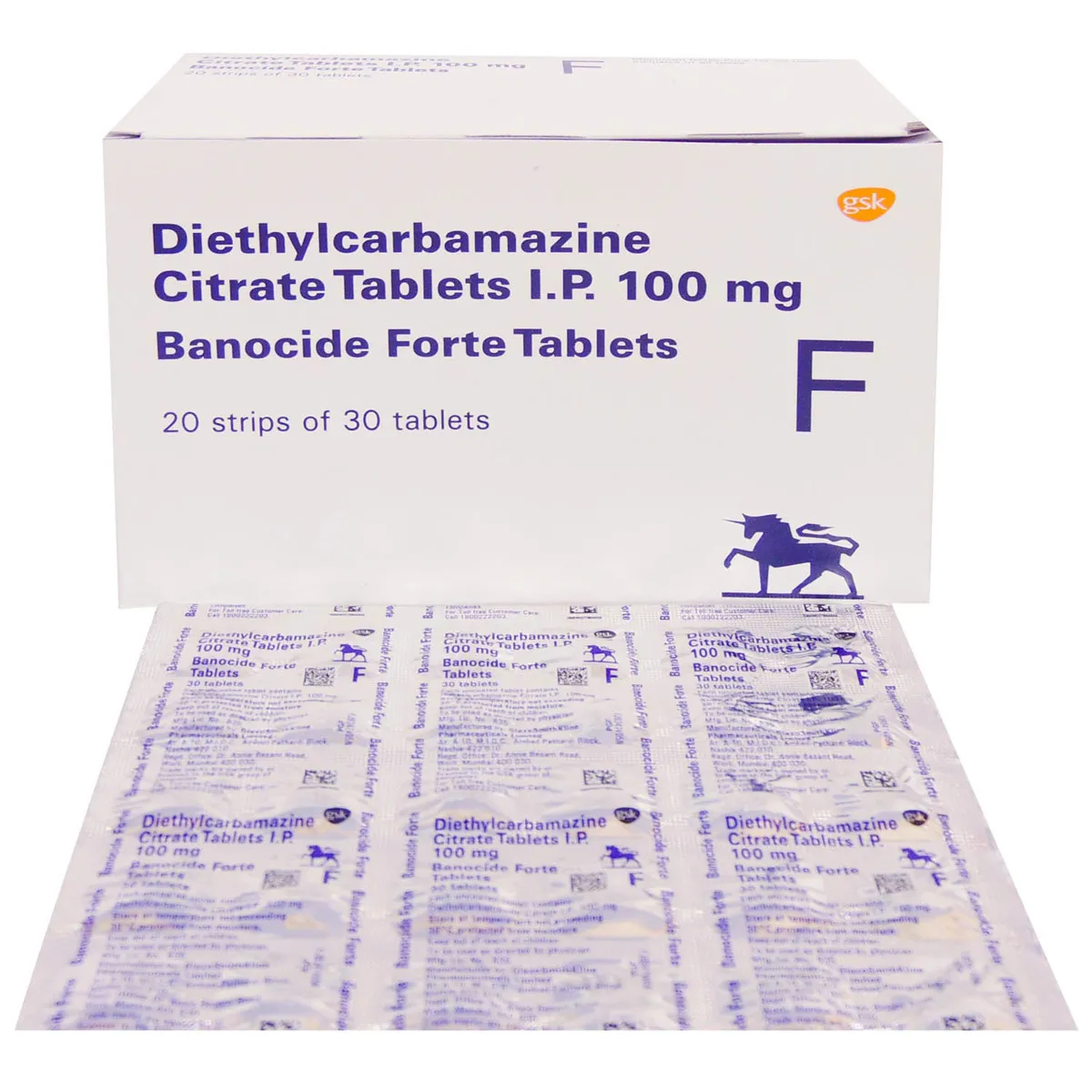The knee is the largest and most susceptible joint in the body to injury. It comprises bones, cartilage, ligaments, and tendons that are susceptible to fractures or strains. Some knee injuries heal on their own with rest and care. Physical therapy can treat pain behind the knee without surgery. However, back-of-knee pain may indicate a medical issue.
Reasons for Pain Behind Knees When Walking
Pain behind the knee may be accompanied by swelling, lumpiness, or locking. Any accompanying symptom may help you determine the cause of this pain, so thoroughly examine your knee or see a doctor because some knee problems are serious. Here are the most common posterior knee pain causes.
Leg Cramps
Charley horses cause calf pain, but other leg muscles can cramp, including the back of the thigh. Vitamin deficiency, dehydration, nerve problems, toxicity, and liver disease can cause cramps, which occur when muscles tighten without your control. Many pregnant women and exercisers get leg cramps. Muscle spasms are short-lived but can cause hours or days of pain. If you suspect a cramp is causing your leg pain, warm or massage the area to help it heal. If the pain doesn’t subside, consult a doctor.
Baker’s Cyst
Popliteal cysts, or Baker’s cysts, are fluid-filled pockets under the skin behind the knee. This cyst contains synovial fluid, which lubricates and smoothes joints. However, excessive synovial fluid can cause a cyst.
Besides pain, baker’s cysts cause swelling, stiffness, and joint mobility issues. Before the cyst bursts, you should get professional help identifying and draining it to avoid sharp pain.
Jumper’s Knee
Jumper’s knee is patellar tendonitis. Jumping injuries to the tendon that connects your kneecap to your shin bone are common in basketball, volleyball, and other jumping sports and are treated in sports medicine. Beyond pain below the kneecap, a jumper’s knee can cause stiffness, weakness, or difficulty straightening or bending the knee. Proper rest may heal this injury, but if it persists, see a doctor to rule out other causes.
Calf Strain
The gastrocnemius muscle, located in the posterior aspect of the lower leg, is impacted by calf strain. Changing from standing to running quickly in sports like squash or tennis can cause calf strain, which can cause pain, bruising, swelling, or trouble standing on tiptoes. RICE (rest, ice, compress, elevate) can speed up injury healing.
Arthritis
Degenerative arthritis wears away leg bone cartilage. Without cartilage, bones grind against each other, causing long-term pain. Since cartilage cannot regenerate, medical help is needed to prevent deterioration. Autoimmune diseases like rheumatoid arthritis, lupus, psoriatic arthritis (which causes scaly skin), and osteoarthritis can affect the knee. Steroid injections, immune-boosting drugs, specific exercises, or surgery are treatment options. Consult a physician to determine the most suitable option for you.
Runner’s Knee
Chondromalacia, or runner’s knee, is another cartilage breakdown joint pain issue caused by injury, overuse, arthritis, or aging. Without cartilage, leg bones rub together when walking, causing knee pain. The dull ache may worsen when climbing stairs. You may also feel grinding when walking.
Meniscus Tear
Meniscus tears damage one of each knee’s two menisci. A meniscus tear can occur suddenly or gradually as it wears down. Meniscus injuries are common in athletes and can cause popping, pain, swelling, weakness, stiffness, or a giving or locking feeling in the joint.
DVT
DVT is a leg blood clot that hurts when you stand up. The DVT is dangerous because a “thrown” clot can cause a pulmonary embolism and death. Leg swelling, warmth, and redness are other blood clot symptoms. Contact a knee pain doctor in Dallas immediately if you suspect deep vein thrombosis.
Hamstring Injuries
Hamstring tendonitis and sprains can affect one of the three hamstring muscles in the back of your thigh: the biceps femoris, semitendinosus, or semimembranosus. These muscles bend your knees, so an injury there could cause back-of-knee pain. It may also cause back leg swelling, bruising, or weakness. In fast sports like track, tennis, basketball, and soccer, hamstring injuries are common.
Ligament Injuries
The ACL, PCL, MCL, and LCL connect your thigh to your shin. Car accidents cause most PCL injuries, and ACL injuries are the most common because the ligament crosses diagonally through the knees and prevents the shin bones from sliding up in front of the thigh bones. A ligament tear may cause knee pain when walking and require surgery.
Takeaway
Baker’s cysts, meniscus tears, ligament sprains, and hamstring injuries cause pain behind the knee. Runner’s knee, or chondromalacia patella (kneecap cartilage thinning), causes pain behind the kneecap. Tightness behind the knee is usually caused by hamstring or posterior knee swelling. Baker’s cyst, where fluid collects behind the knee, causes most knee swelling. Calf tears, popliteal aneurysms, and synovial sarcoma are other possibilities. Consult pain management in Dallas Texas if knee pain affects your daily life or doesn’t improve. They can accurately diagnose and customize your treatment.









